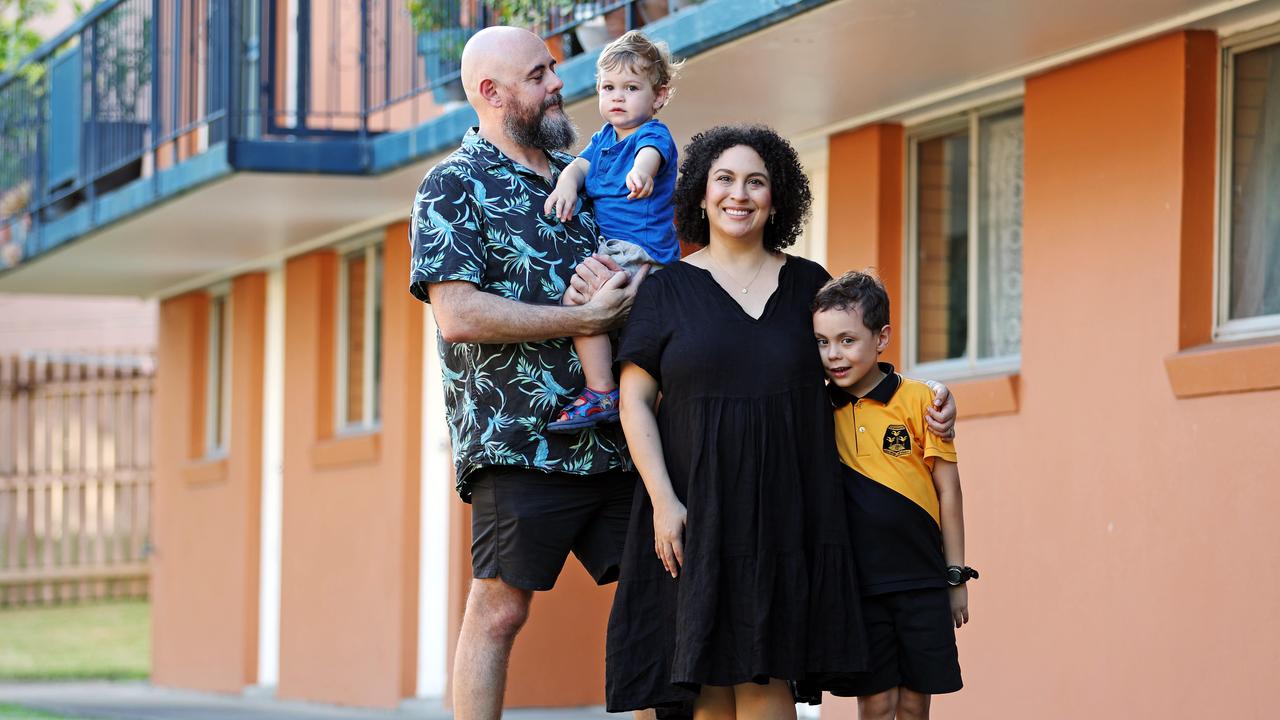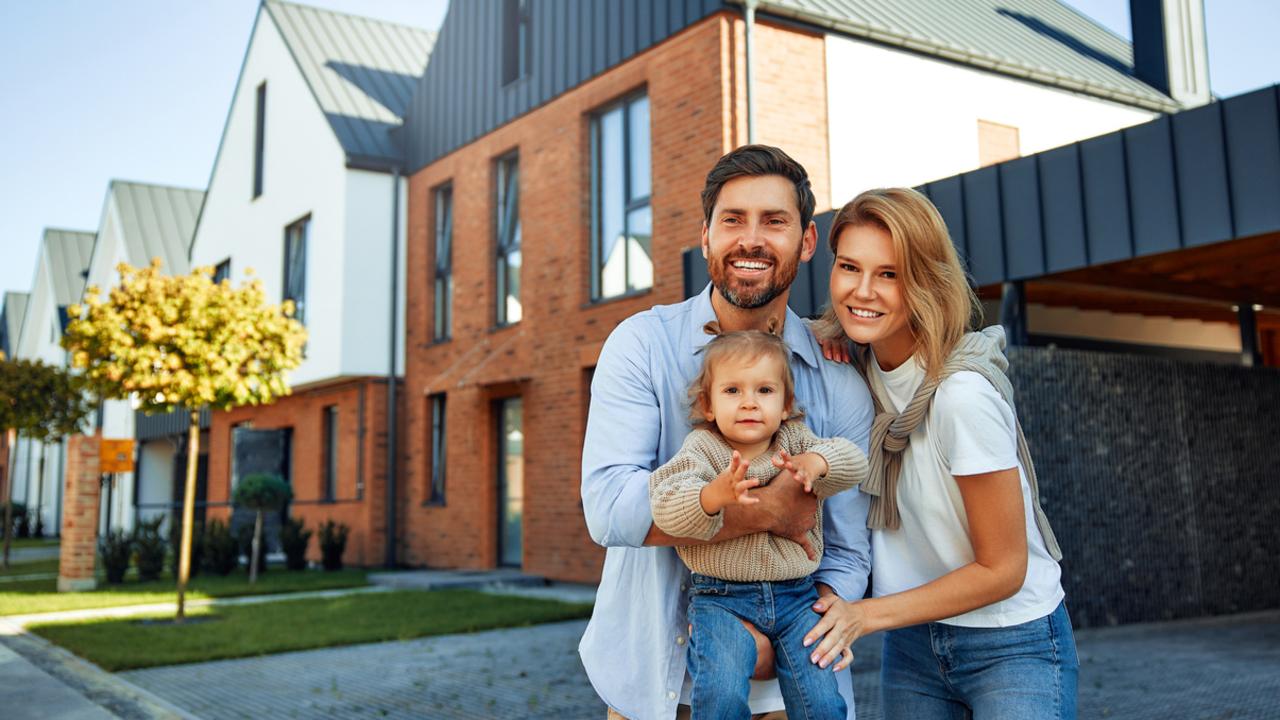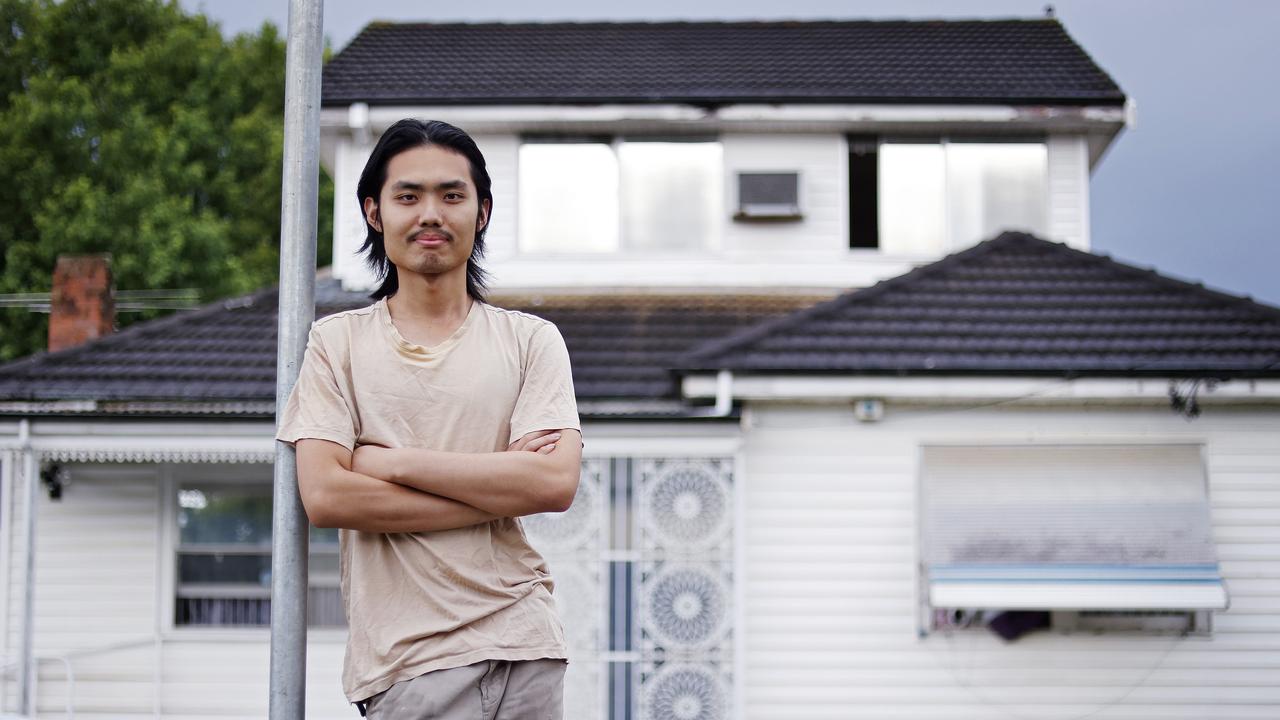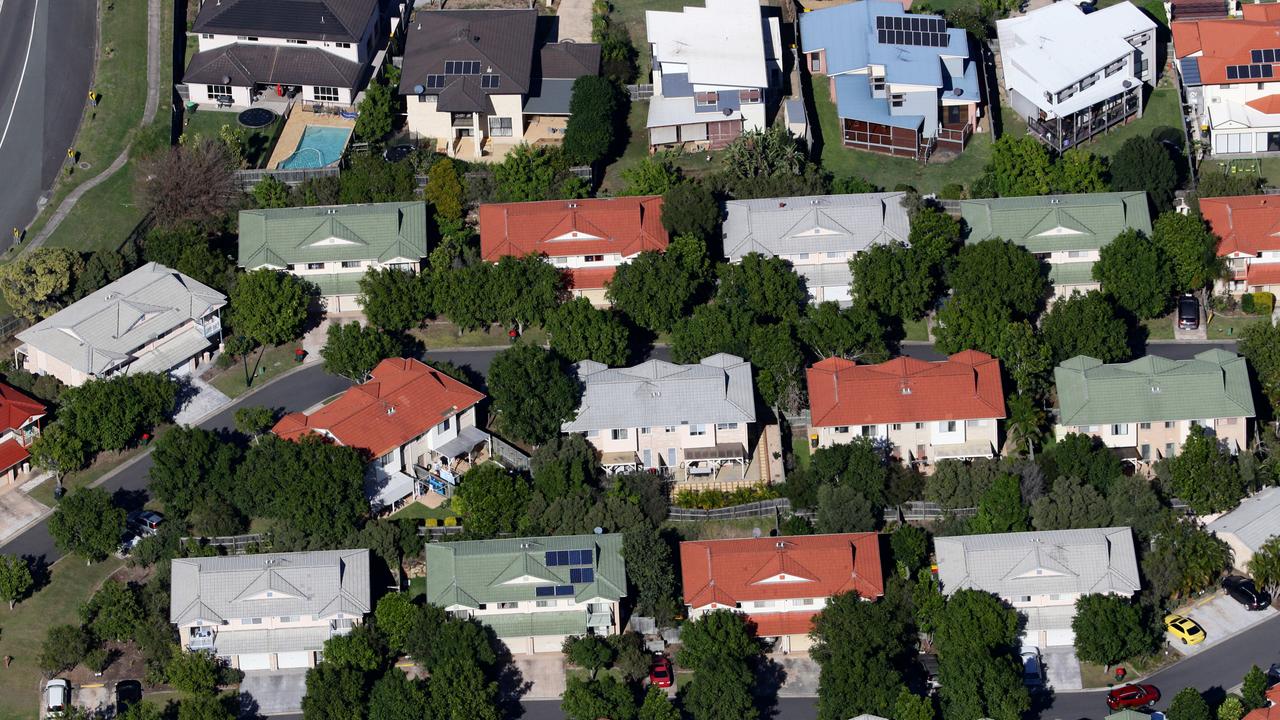Should you buy a home with your super?
It’s becoming easier and easier to dig into your super to buy a new home but you need to be aware of the potential pitfalls.
With property prices surging across the country, being able to use superannuation to buy a home is sure to appeal to first-home buyers struggling to save a deposit – but with a raft of restrictions and rules in place, it may not be the best strategy for everyone.
HOW TO BUY A HOME WITH YOUR SUPERANNUATION
There are three ways you can buy property in Australia using your super.
The first is through the Government’s First Home Super Saver scheme (FHSS), which allows eligible first home buyers to stash away savings for a deposit in their super fund by making voluntary contributions.

The only other way you can buy a home to live in using super is to take out your superannuation once you reach preservation age, that is, the age you are legally allowed to access it for retirement purposes (between 55 and 60 depending on when you were born, or 65, even if you are still working.)
The third way to buy property with super is by investing in one through a Self Managed Super Fund (SMSF). This can only be done if the property is strictly for investment purposes and can never be used to live in. You also can’t rent it out to family members or any related members of the fund.

SAVING A DEPOSIT THROUGH FHSS
Through the FHSS scheme, first home buyers are able to use their super fund as a deposit-saving vehicle by making additional voluntary contributions, up to $15,000 per year.
The contributions are taxed at a rate of 15 per cent (rather than being subject to your usual income tax), which could help you save more by reducing the amount of income tax you pay.
You can then apply to release up to $50,000 saved in voluntary contributions including the associated earnings made.
This amount includes all of the after-tax contributions made and up to 85 per cent of the pre-tax, or salary sacrifice, contributions made.
If each person in a couple has used the scheme to make contributions, it enables them to access up to $50,000 each, giving them a $100,000 deposit.

The amount accessed for a deposit is subject to your usual marginal tax rate minus a 30 per cent offset and it normally takes 15-20 business days to receive the money.
To access the scheme you must be 18 or older and have never owned land or property in Australia before (though previous homeowners may still be eligible if they have suffered financial hardship).
You must live in the property for at least six months within 12 months of buying it and have never applied for money to be released through the scheme before.

PROS AND CONS OF FHSS
Owner of PFS Financial Services Daniel O’Brien said it’s important to remember that while the FHSS could help you save money on tax, you can only use extra super contributions, and not the standard contributions made by your employer.
“It’s useful to an extent and gives scope for potentially better returns on your home deposit money – but that also depends on how their super performs,” he said, explaining that there is a risk your super balance might go down instead of up.
“Plus clients often need to pay for financial advice for this option,” he said. “This can neutralise and negate the upside of the scheme.”

While those on a higher marginal rate could benefit from the ability to pay less tax and thus save more money, those who are on a lower rate might not benefit at all.
Another thing to consider is you can only access the funds for a home deposit – so if your circumstances change and you don’t buy a home, you can’t access the savings until you reach retirement age.
The relatively small deposit size also means first home buyers are limited in the type and location of the property they buy, Propell Property managing director Michael Pell said.

BUYING A HOME AT PRESERVATION AGE
Mr Pell said while superannuation is much more commonly used by investors using a SMSF than home buyers using the FHSS scheme, he has helped clients at retirement age use their super balance as a deposit for a home.
“We’re actually helping a 68 year old client right now,” he said. “It’s all about exit strategy for the banks.”
He said some lenders will approve home loans for older clients in their 60s or even 70s using their super as a deposit if the loan term is shorter and there is an ability for them to pay it back before they die.

WHAT YOU SHOULD KNOW ABOUT SMSF INVESTING
Purchasing an investment property through a SMSF enables you to use the money saved in your super as a deposit, but it’s crucial to consider these important things.
* A SMSF is private superannuation fund that you manage yourself and are personally responsible for that must be set up by an accountant or financial planner
* There are fewer lenders offering SMSF loans than there used to be, and those that do tend to be smaller or private lenders
* You can never live in the property and you can’t rent it to related fund members including family members
* It must be an existing property and you can’t do renovations on it
* You can’t access the equity from a SMSF investment in order to borrow more or use it as security for another purchase
* You need to make sure the property offers a sound investment with good capital growth and cashflow
* You will be required to keep a liquidity buffer of at least 10 per cent of the proposed investment value in the fund.




